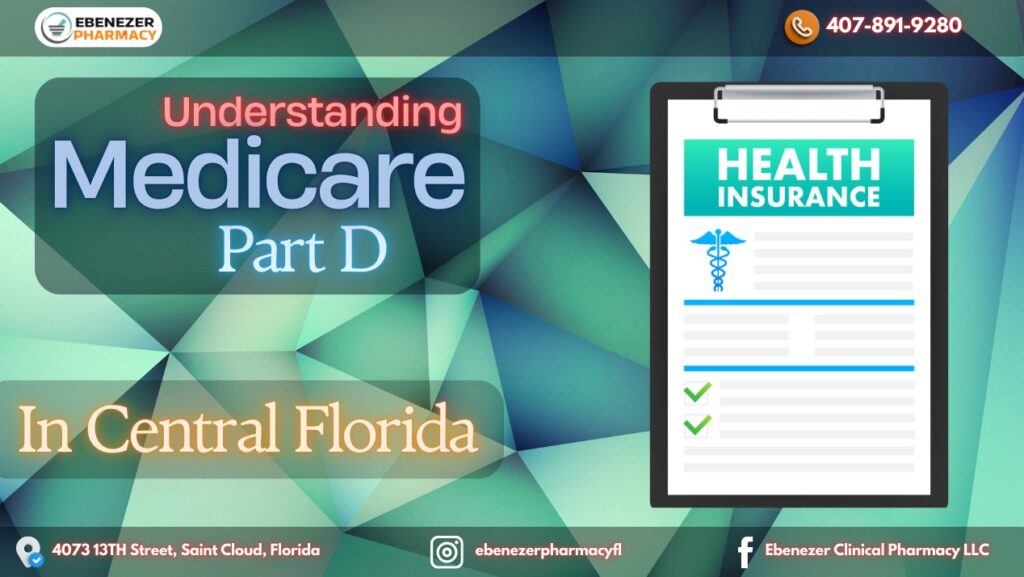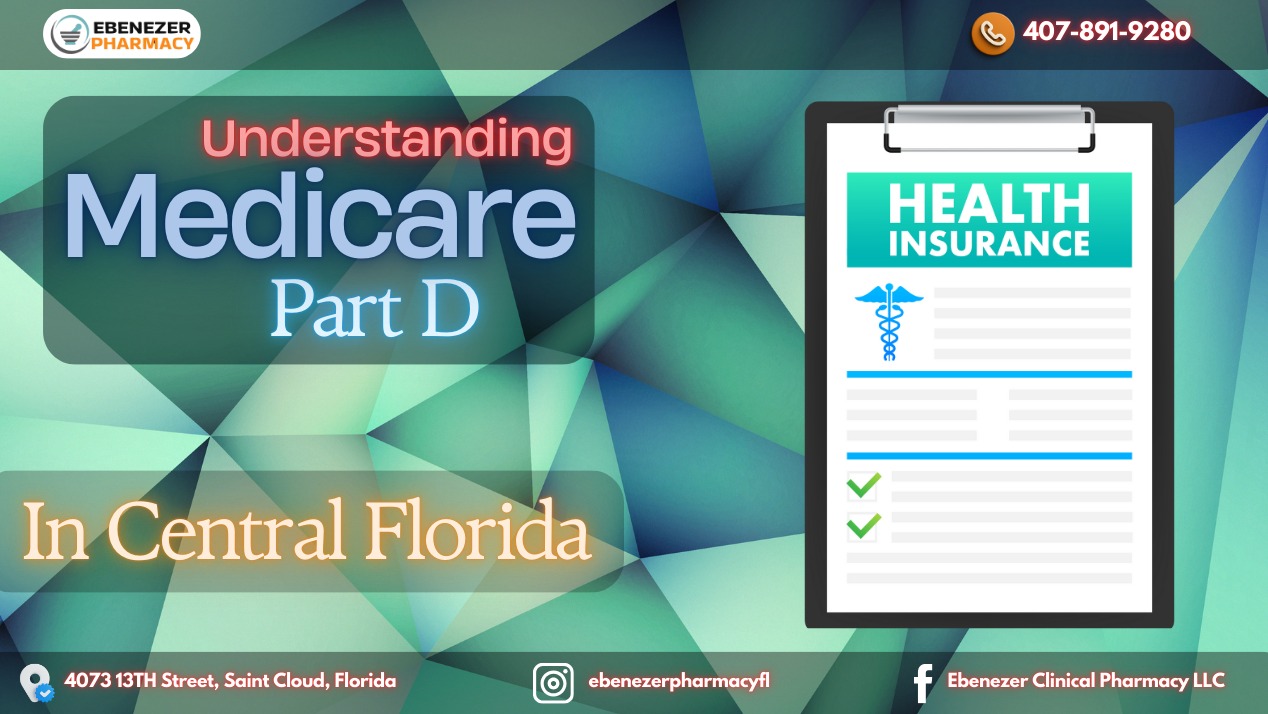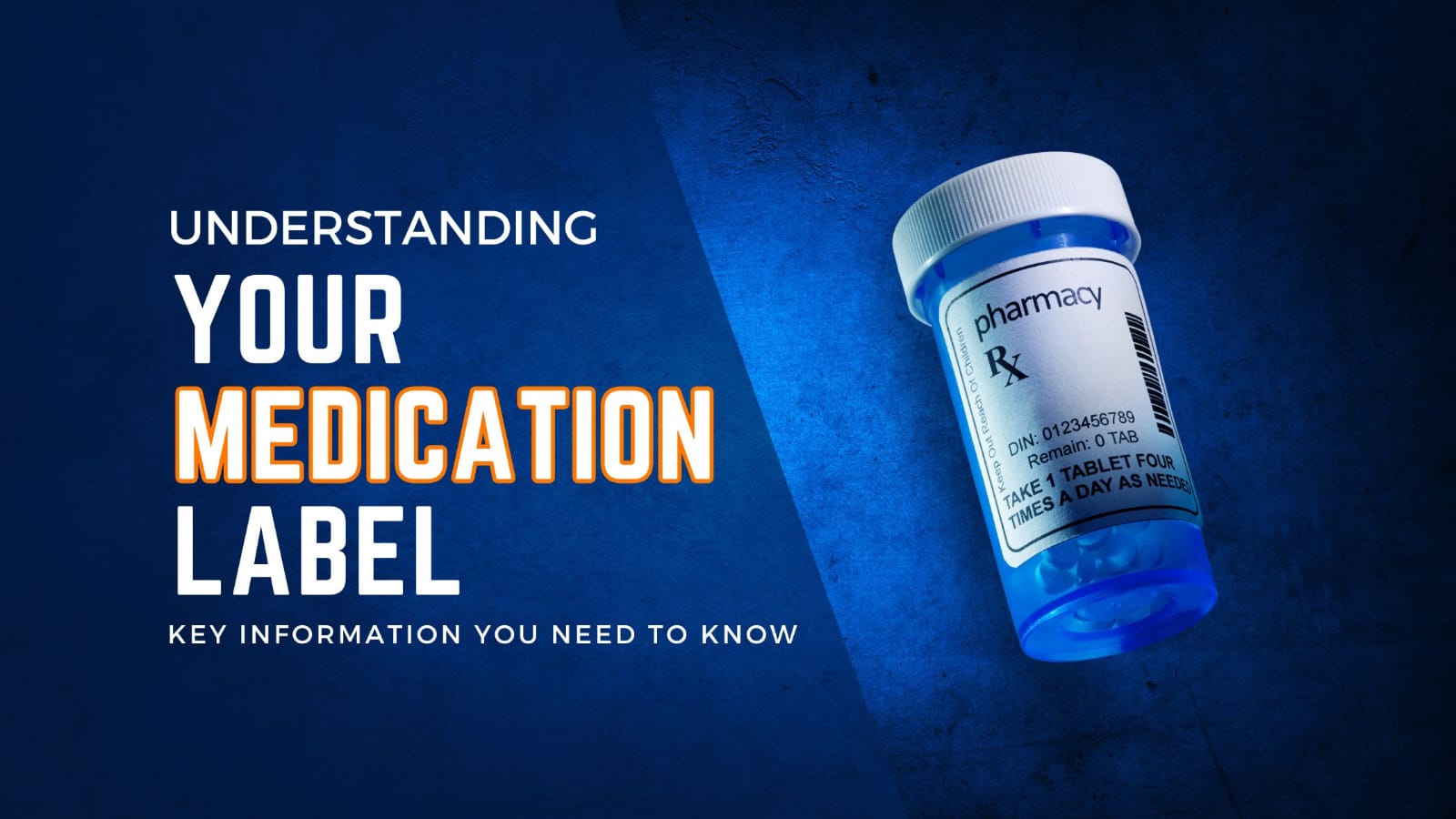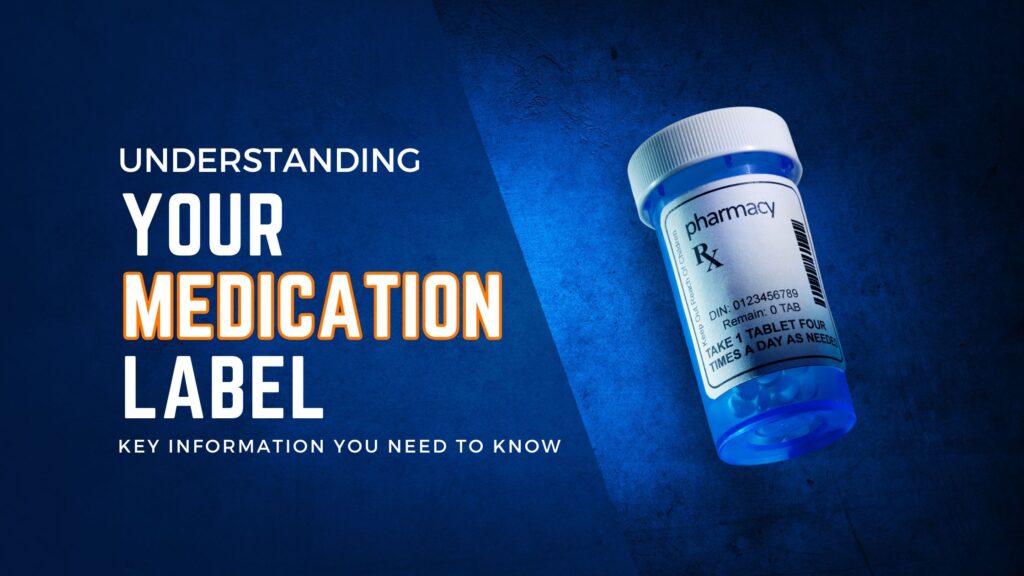
Medicare Part D:
When navigating health insurance options in Central Florida, understanding Medicare Part D is crucial, especially if you rely on regular prescription medications. Part D is the prescription drug coverage portion of Medicare, designed to make medicines more affordable for Patients. Let’s break down what it covers, who is eligible, and how to select the right plan for your needs.
What Does Medicare Part D Cover?
All Medicare Part D drug plans must cover a wide range of prescription medications, including drugs commonly used by people with Medicare. These plans are especially required to cover medications in protected classes, such as treatments for cancer, HIV/AIDS, and depression.
Each plan has its own list of covered drugs, called a formulary, which categorizes medications into tiers:
- Tier 1: Low-cost generic drugs.
- Tier 2: Preferred brand-name drugs.
- Tier 3 and above: Non-preferred and specialty drugs, often with higher costs.
The tier system means that medications in lower tiers will typically cost you less than those in higher tiers.
Who is Eligible for Medicare Part D?
You’re eligible for Medicare Part D if you meet any of the following criteria:
- Age 65 or older.
- Younger than 65 but have certain disabilities.
- Diagnosed with End-Stage Renal Disease (requiring dialysis or a transplant) or ALS (Lou Gehrig’s Disease).
To enroll in a standalone Prescription Drug Plan (PDP), you must have Medicare Part A or Part B. For coverage through a Medicare Advantage plan (Part C) that includes prescription drugs, you’ll need both Part A and Part B.
How to Choose a Medicare Part D Plan in Central Florida
With multiple options available in Central Florida, selecting the right plan requires careful consideration:
1. Check the Formulary
Ensure the plan covers your regular medications. Formularies can change annually, so review them during the Open Enrollment Period (October 15 to December 7).
2. Understand the Costs
Consider:
- Monthly Premiums: These vary by plan and may increase based on income.
- Annual Deductible: Some plans waive this, but others require payment before coverage begins.
- Co-payments and Co-insurance: Your share of costs for covered medications.
3. Evaluate Pharmacy Networks
Part D plans often have preferred pharmacy networks where medications are more affordable.
4. Assess Travel Needs
If you travel frequently, consider plans with national networks to ensure consistent coverage.
The History of Medicare Part D
Before 2006, Medicare did not cover outpatient prescription drugs. This changed with the Medicare Prescription Drug, Improvement, and Modernization Act of 2003, which introduced Part D in 2006. Unlike Medicare Parts A and B, which are managed directly by Medicare, Part D plans are offered by private insurance companies regulated by Medicare.
Extra Help for Low-Income Beneficiaries
For those with limited income, the Low-Income Subsidy (LIS) program, also known as “Extra Help,” can significantly reduce costs for premiums, deductibles, and co-payments. To qualify, beneficiaries must meet income and asset requirements.
Why Medicare Part D Matters for Central Florida Residents
With an aging population and a focus on healthcare access, Central Florida offers numerous options for Medicare Part D plans. These plans help residents manage the high costs of prescription medications, ensuring access to essential treatments.
Take Action During Enrollment Periods
It’s important to re-evaluate your Medicare Part D plan annually to ensure it meets your financial and medical needs. Enrollment opportunities include:
- Initial Enrollment Period (IEP): Starts three months before your 65th birthday.
- Annual Enrollment Period (AEP): October 15 to December 7 each year.
Medicare Part D is an essential part of comprehensive health insurance for those who need reliable Medicare medicine coverage. By understanding the options available in Central Florida, you can choose a Medicare plan that aligns with your needs and budget. For assistance, consult the Medicare Plan Finder or a local advisor to explore your options.
For any questions or concerns related your Prescription medicines, contact us at
Call Us: (407) 891-9280
Email us- info@ebenezerpharmacy.com


